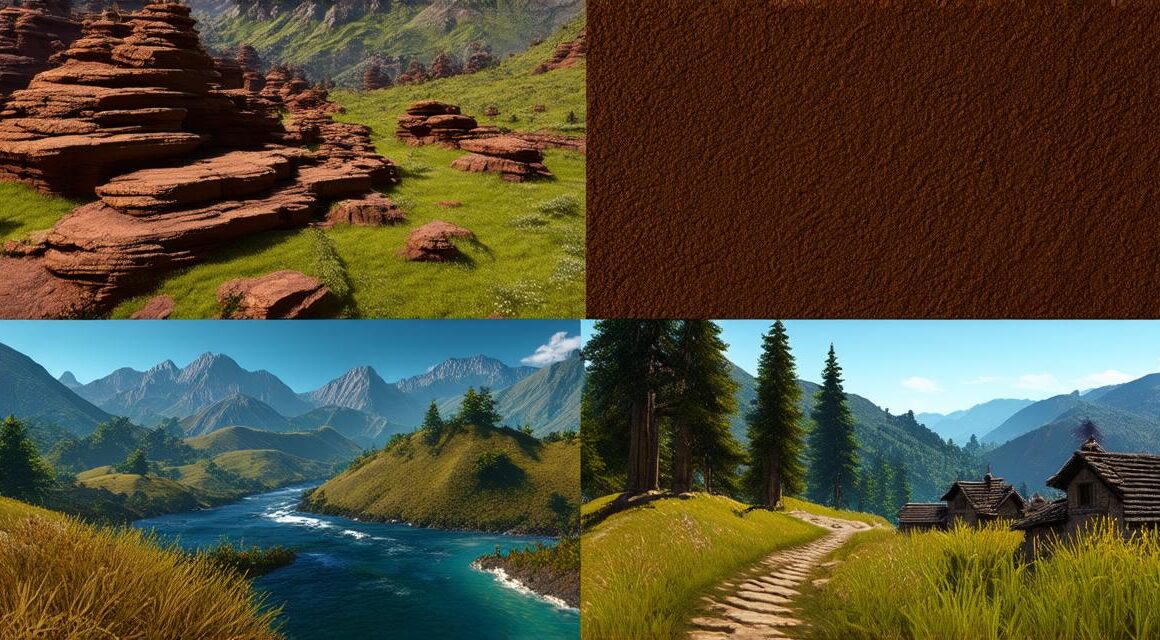
Introduction: The Importance of 3D Terrain in Game Development
Unity is a powerful game engine that offers many features and tools for creating 2D and 3D games, as well as interactive experiences. One of the most popular and commonly used features of Unity is its terrain system, which allows developers to create realistic and engaging 3D environments quickly and easily. In this article, we will explore the basics of creating 3D terrain in Unity and provide tips for optimizing your workflow and improving the quality of your terrain.
Types of Terrain: Understanding the Different Types of 3D Terrain
There are several types of 3D terrain that you can create in Unity, each with its own advantages and disadvantages. The most common types of terrain include:
- Procedural Terrain: This type of terrain is generated algorithmically, using mathematical formulas to create a landscape that is both realistic and consistent. It is ideal for creating large, open environments quickly, but may not be as detailed or customizable as other methods.
- Baked Terrain: This type of terrain is created by baking textures onto a 3D model, which allows for greater customization and detail. However, it can be more time-consuming to create and may require more powerful hardware to render.
- Heightmap Terrain: This type of terrain is created by importing a heightmap into Unity, which can be used to quickly create detailed landscapes with minimal effort. However, it may not be as customizable or interactive as other methods.
Creating 3D Terrain in Unity: Tips and Tricks for Efficient Workflow
Now that we have discussed the different types of terrain let’s dive into how to create them in Unity. Here are some tips and tricks to help you optimize your workflow and improve the quality of your terrain:
- Use Terrain Painter: Terrain Painter is a powerful tool that allows you to create, edit, and export terrain quickly and easily. It offers a range of features, including texturing, sculpting, and animation, making it an ideal choice for creating detailed and interactive environments.
- Utilize Prefab System: The prefab system in Unity allows you to save and reuse assets, making it easier to create complex environments quickly. By breaking your terrain into smaller, more manageable parts, you can easily modify and update them as needed.
- Use Terrain Layers: Terrain layers allow you to create multiple levels of detail in your environment, which can improve performance and reduce the overall file size of your project. By using layers, you can create a base level of detail that is optimized for low-end hardware, while adding more detailed elements as needed.
- Use Textures: Textures are an essential part of creating believable environments in Unity. By using high-quality textures and applying them to your terrain, you can enhance the overall look and feel of your environment.
- Experiment with Different Settings: Unity offers a range of settings for adjusting the appearance and performance of your terrain. By experimenting with different settings, you can find the best balance between quality and performance that works for your project.
Case Study: Creating a Realistic Cityscape in Unity using 3D Terrain
To illustrate how 3D terrain can be used effectively in game development, let’s take a look at an example of creating a realistic cityscape in Unity using 3D terrain.
Designing the Layout
The first step in creating a cityscape is to design the layout of your environment.



